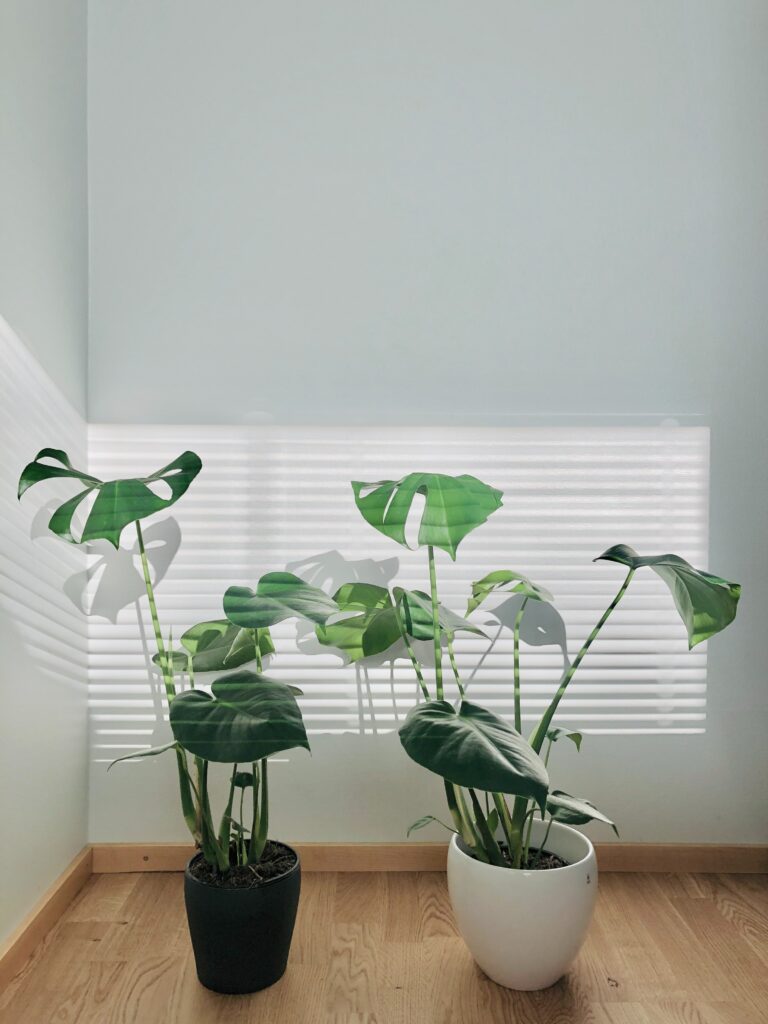Hanging a mirror in your living space can have many benefits. You can use a mirror to maximise the space, make it feel bigger and brighter, and use it as a design feature.
But this is only if you get the right mirror. Get one that’s the wrong size, shape or design and it could catch attention for all the wrong reasons.
As there are a surprisingly large number of variables to consider when picking out a new mirror for your home, we’ve put together this buying guide to help you find the right one. We’ll cover shapes, sizes, materials so you can see what your options are. Then next month we’ll be back with a second post to help you choose which mirror is best for you.
Types of Mirror
When choosing a mirror, the first thing to decide is what type you want. The right mirror for you will depend on where you want to put it and what function to perform.
There are benefits, features and drawbacks to every type though, so let’s take a look so you can see what might suit you best.
Freestanding mirrors
A freestanding mirror has a stand built into its frame and sits on the floor without support. As they are standalone, this type of mirror is very flexible – it can be used anywhere and you can move it around as much as you want with minimal effort.
This type is also the easiest to set up, and will often come pre-built and ready to use. No need to worry about finding nails and levels to hang them – they stand on their own.
Their main drawback is that they can be clunky and will take up more space than something fitted to a wall. As well as the space needed for the mirror and the stand, most freestanding mirrors will also sit at an angle to give the best possible reflection – and this takes up even more space. If space is at a premium, this won’t be the right mirror for you.

Wall mirrors
A wall mirror needs to be fixed or mounted onto a wall to keep it upright.
This limits where they can be used as you need a wall surface that is large enough to fit the whole mirror. And if you want a big or heavy mirror, then you’re also going to need a strong wall.
The counterpoint to this, and their biggest benefit, is that they are space-saving. You don’t need any floor space to support the stand or account for an angle. They sit flat to the wall and are quite thin – they’re not going to cause any obstruction or encroach on your space.
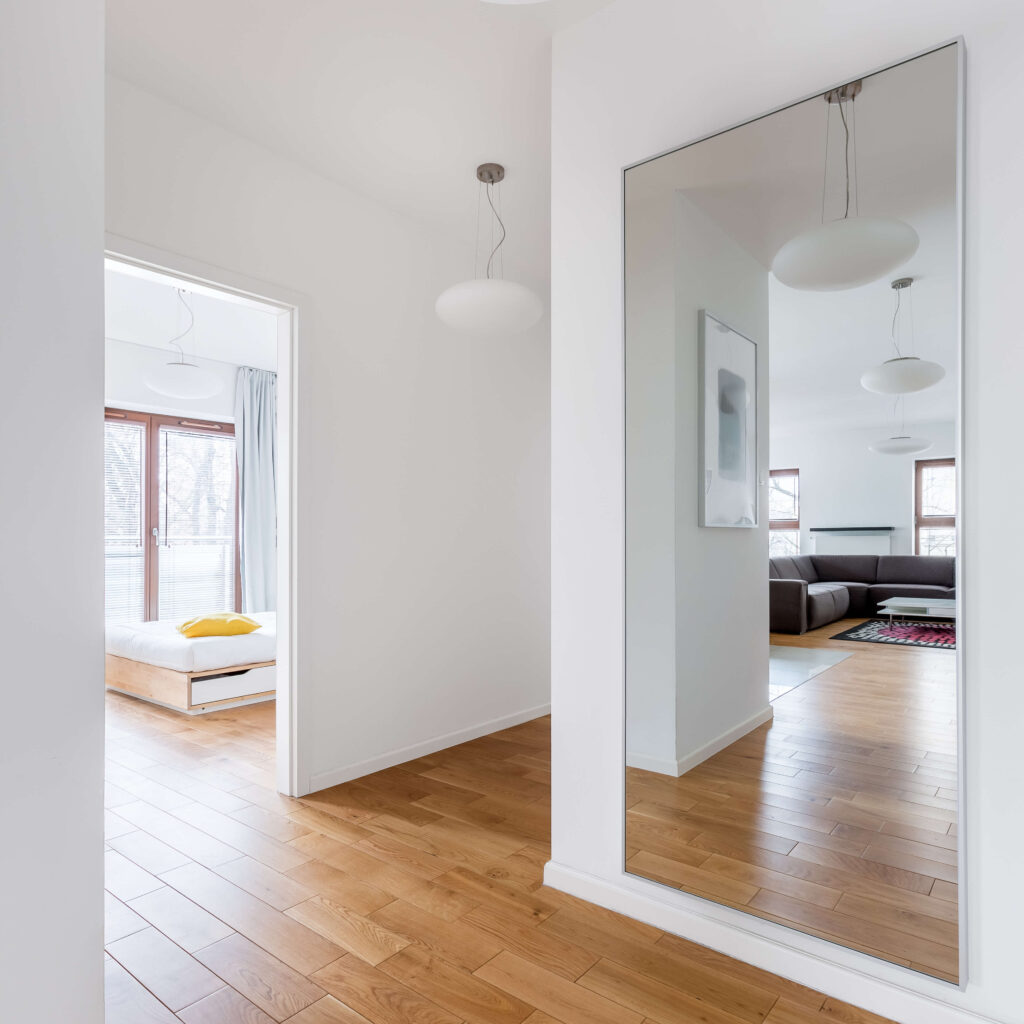 Dressing table mirrors
Dressing table mirrors
Dressing table mirrors are smaller freestanding mirrors, usually designed for use on the top of a cabinet, desk or dressing table (explaining the name.)
Being smaller, they are obviously even easier to move than freestanding mirrors, though they don’t give as much of an expansive view.
Also known as vanity mirrors, these are a functional choice if you just need a reflective surface to look in occasionally, but they offer little benefit in terms of brightening up a room.
 Illuminated mirrors
Illuminated mirrors
If you need to make sure you can always see the reflection clearly, an illuminated mirror is a great option. This type of mirror has in-built lighting to make sure the surface is always bright enough to see details in its reflection.
Most illuminated mirrors have a light source around their entire perimeter making them perfect for use in places where natural sunlight is scarce. You want light to cover their surface evenly, otherwise shadows will be cast and obscure the view.
You should also pay attention to whether the light is warm or cool depending on what you need to see with it.
This is again a type of mirror you choose for the particular function of using the reflection. They’re usually too small to increase the natural light or feel of a room, and the light they provide is not usually enough to create their own light source.
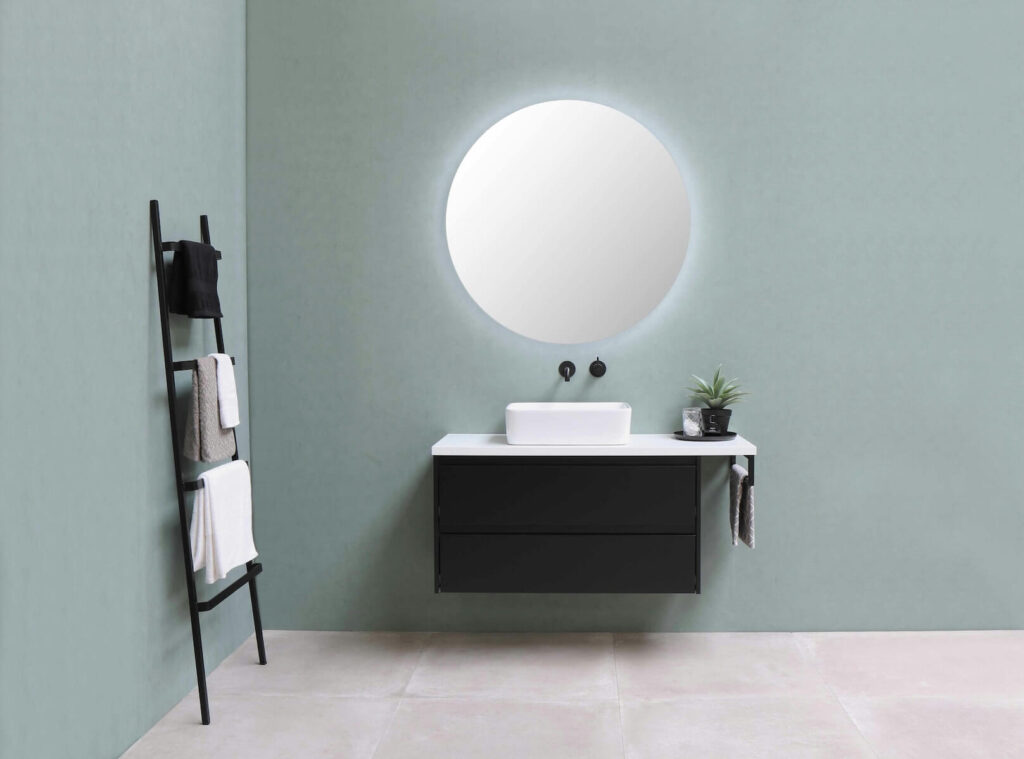 Mirrored furniture
Mirrored furniture
If you’re short on space in a room, it’s often a great idea to look into getting a mirror that is mounted to the door of a cupboard, such as a mirrored bathroom cabinet or wardrobe door.
With this built-in option, your choice of mirror shapes and sizes is usually more limited than it is with types. For example, it’s harder to find round mirrors that fit on a piece of furniture like a cabinet, but oversized mirrors and floor-length mirrors can make a great addition to wardrobe doors.
The type of mirror you choose is almost always dependent on where you’re planning to put it. Once you know that, and you know what type of mirror you want, you can start to think about specific design elements that have a more aesthetic effect.
Mirror sizes
When it comes to mirrors, there are very few size limits on what you can buy. While certain types – like vanity mirrors – are limited in terms of size, wall mirrors are pretty much open to your needs.
You can even get a bespoke mirror to fit a particularly awkward or outsized wall space.
However, one thing that might be affected by the size of mirror that you choose is the frame material, as some materials are better suited to certain sizes.
Mirror Frame Materials
One of the biggest design choices you can make about a mirror is what frame material it has. This will define almost the whole look of the mirror, helping it sit neatly or create a stylish contrast with the general design of the room.
The most common mirror frame materials are:
Wood
Wood is probably the most flexible choice of frame material, which makes it pretty popular. The wood itself can be stained dark for a dramatic look or pale for a Scandinavian look. You can even paint it a block colour for a bold statement or complete colour cohesion.
You can give it a completely clean finish for a modern or minimalist style, while distressed finishes could give it a more shabby chic or coastal look.
It even has more practical flexibility. It’s strong enough to allow for a thin frame without compromising its life span, and it’s not so heavy that it rules out a thicker frame design either. It should have a long life, though may require a little upkeep. And with a solid wood frame, if you decide to change up the look of your room you can even refinish the mirror to fit the new style.
There are few interiors that you couldn’t match a wooden mirror to and is often the default choice. The only downside is a potentially higher cost, but it’s far from the most expensive option and you’ll often find mirrors with a wooden frame are reasonably priced.
Metal
Perfectly suited to ornate frames, metal is also sleek enough and strong enough to be used for thin, minimalist frames.
While you may think of a bright shiny brass, gold, or chrome colour for a metal frame these choices can look cheap – particularly on large mirrors. Instead, a more matte finish, such as brushed chrome or even a matte black paint can create a luxury feel.
Many of the benefits of metal frames are practical. Metal is strong, so it can be used to make very thin frames that can withstand the edge of the mirror without adding much weight—both visually or literally.
Metal is also easy to maintain, but if it does get damaged (dinted or scratched), you won’t be able to fix it.
Plastic
If you want a mirror that is cheap but cheerful, plastic is a great option. It is obviously very flexible, with some designs being more intricate than others, which gives great flexibility but you’re not going to get a luxury feel with a plastic frame.
Plastic frames can be an easy way to add a splash of colour to a functional item though. They’re also easy to clean and lightweight but they’re not particularly durable or robust and may crack or snap easily depending on how thick or well-made they are.
Mirror frame
If you want a mirror that’s sure to stand out, then one with a leaded glass frame is sure to do it. Ranging from a mosaic pattern of smaller mirror tiles to bigger chunks split by leading, one thing is sure about this type of frame—it’s going to draw attention.
This can affect how flexible it is in terms of a design choice. Depending on the shape and layout of the mirror tiles, you can find a mirror that ties into a more contemporary look or a more traditional one.
Another benefit of this type of frame is that it can be designed to mimic panes of glass and look like a window. This makes it a fantastic choice to use in rooms that are low on natural light or to break up large interior walls.
In terms of practical benefits, a frame made of yet more mirrors is very similar to a frameless mirror in terms of durability and lifespan. Depending on the size of the mirror tiles (or, more accurately, the pattern of the leading) it might be quite fiddly to clean, especially to keep streak-free.
Frameless mirrors
With a frameless mirror, the mirror surface remains smooth and undecorated right to the very edge. This can leave it with a plain, minimalist look that can tip over into cold or functional in certain settings. It does, however, give the most expansive reflection possible which makes it a great choice if you’re using a mirror to create a brighter space.
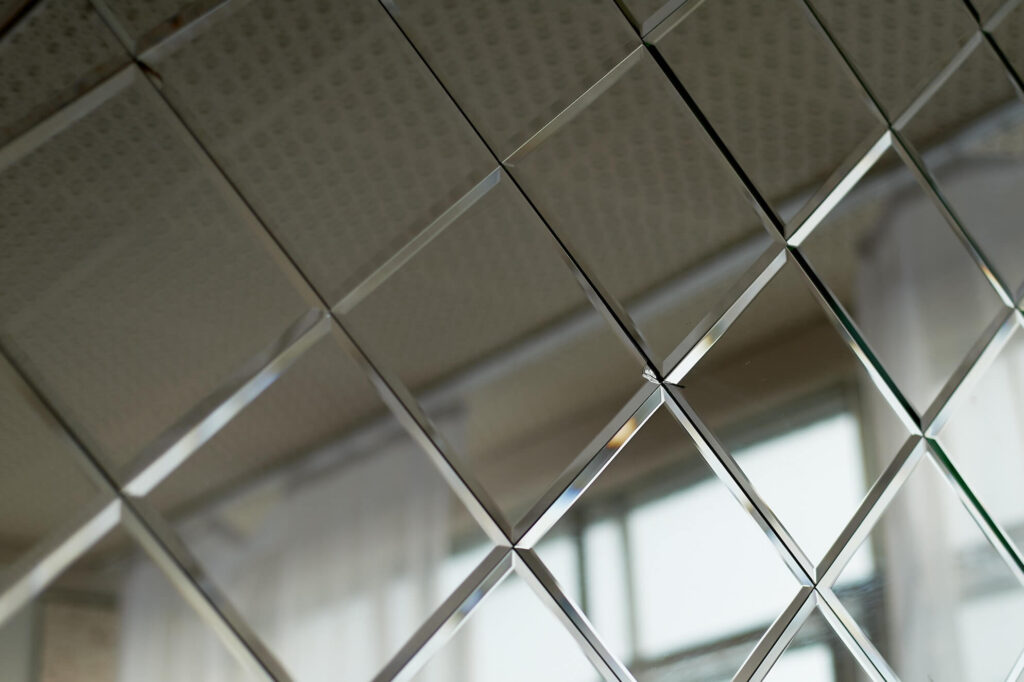 Find a mirror to suit your home
Find a mirror to suit your home
Mirrors can change the look of a room in a whole host of different ways, as long as you find the right one. Now you know the choices you need to make, the next step is simply to start finding the right mirror for your space.
And if you think you need something extra special, like a custom mirror to suit your exact needs, speak to our team to find out more about our options.


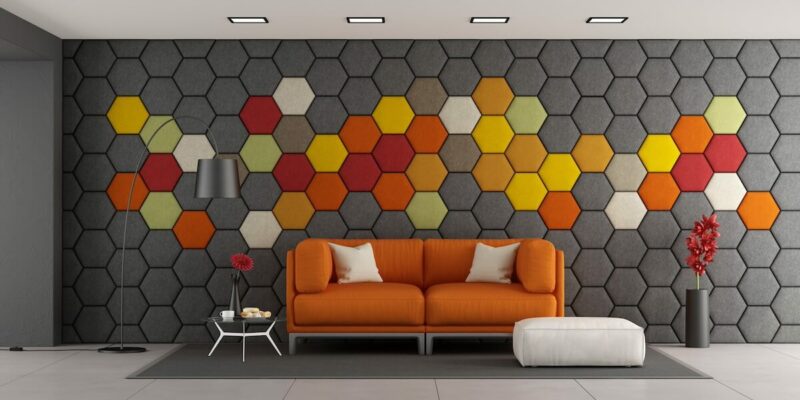
 Indoor plants
Indoor plants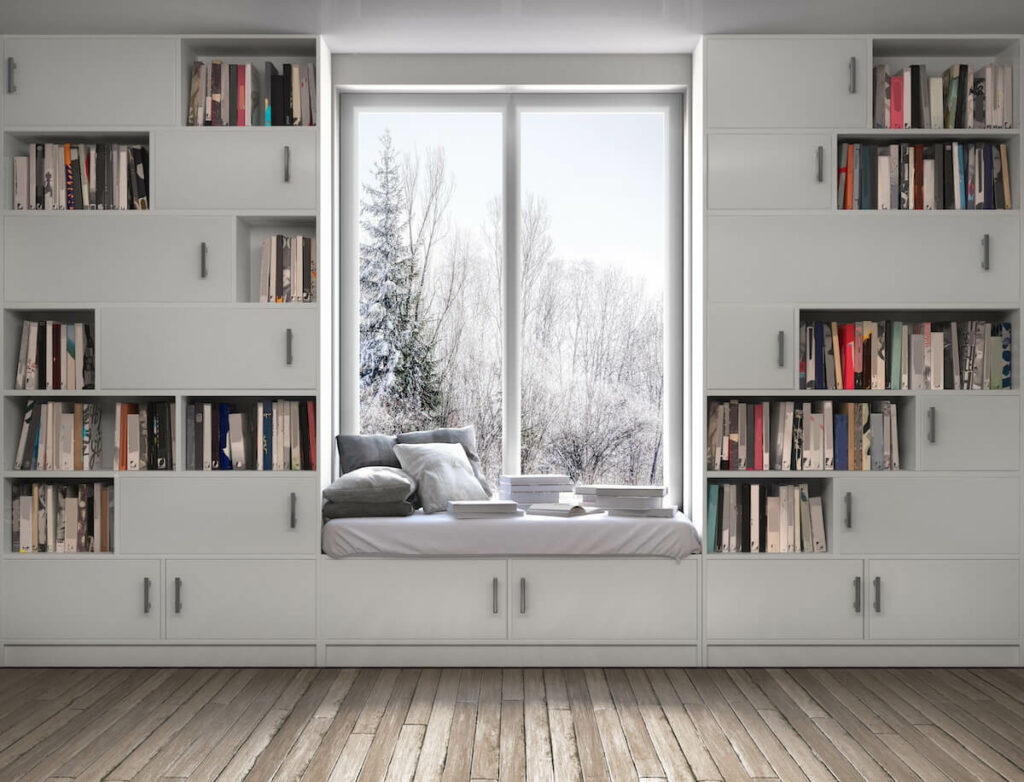 What are the most effective ways to reduce noise pollution?
What are the most effective ways to reduce noise pollution? Replace your doors
Replace your doors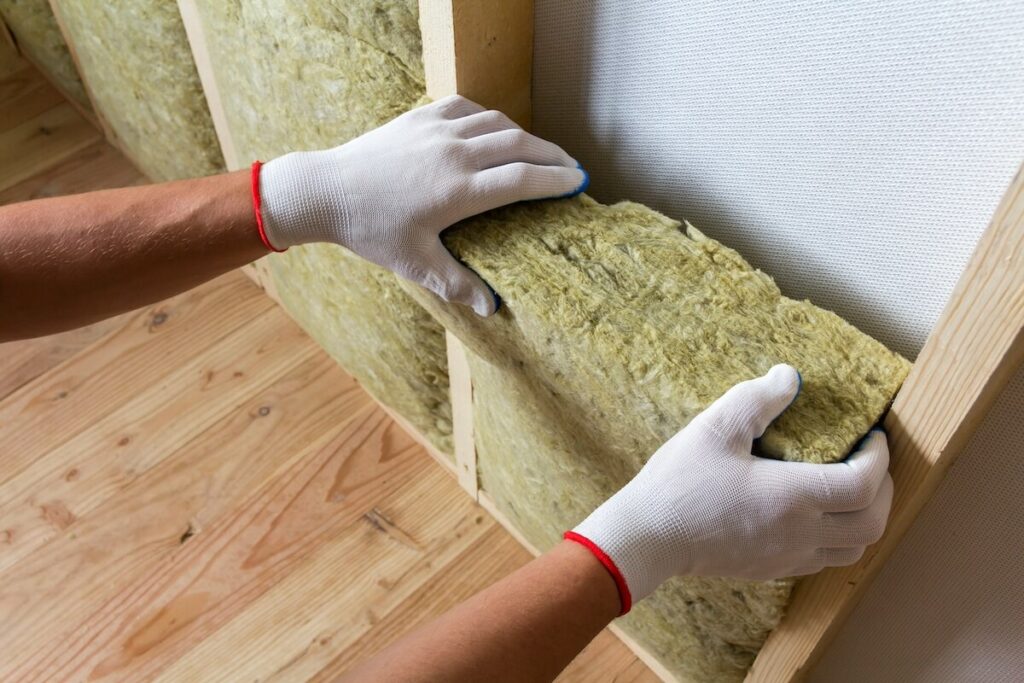 Soundproof your walls
Soundproof your walls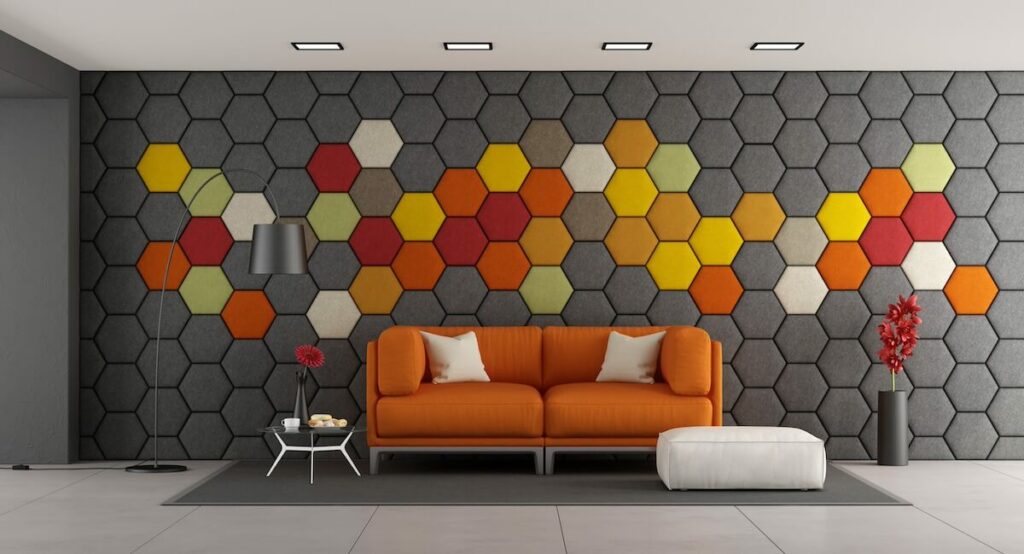 Add acoustic panels to your walls
Add acoustic panels to your walls
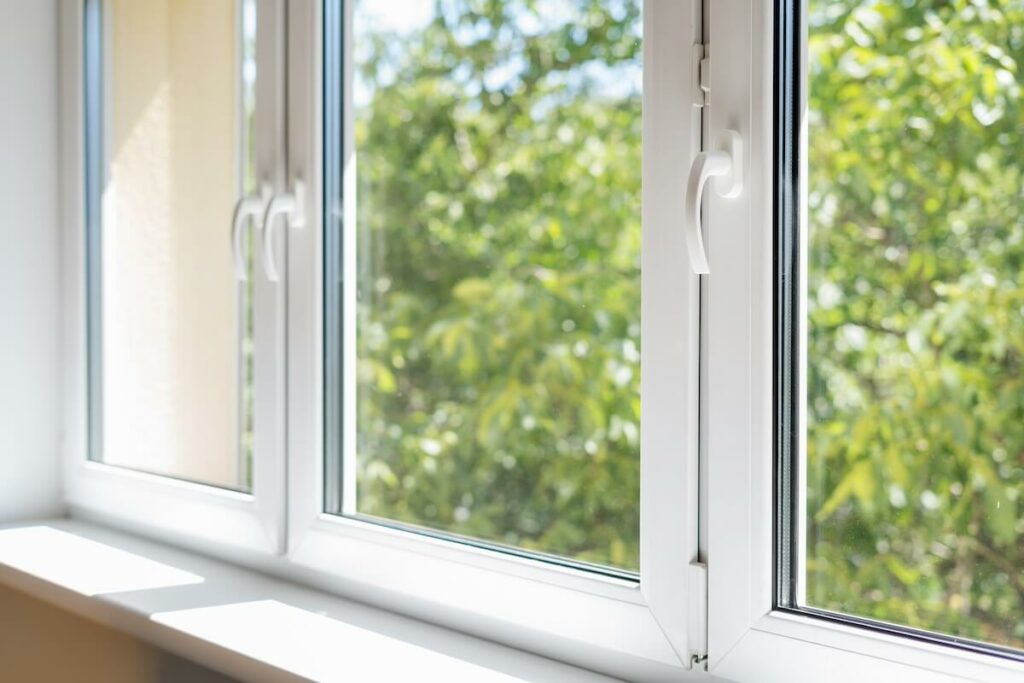 What are the disadvantages of soundproofing?
What are the disadvantages of soundproofing?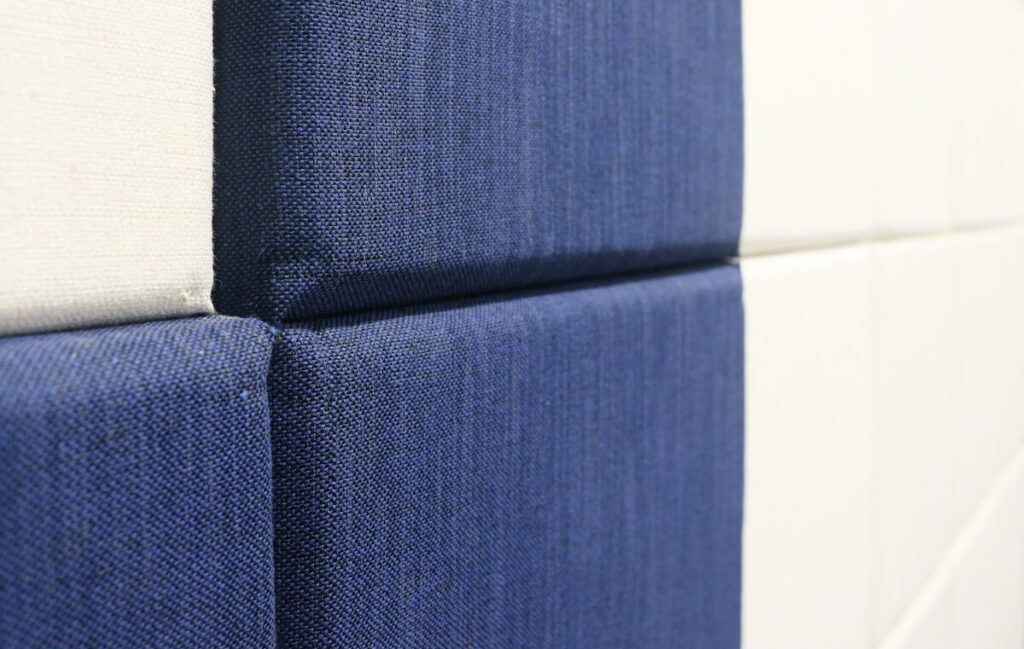 Will the council soundproof my house?
Will the council soundproof my house?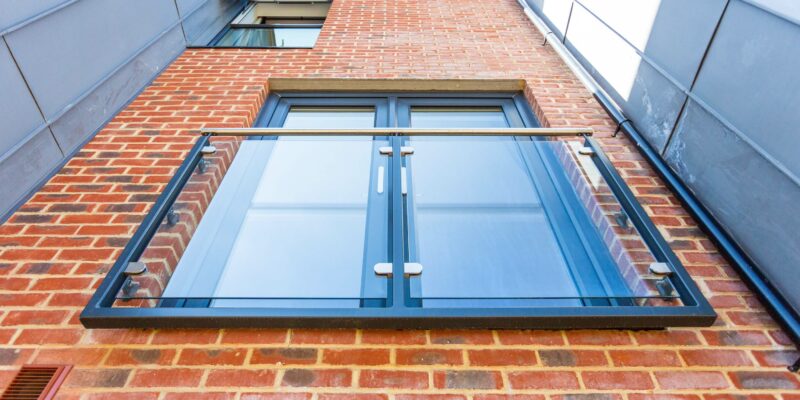
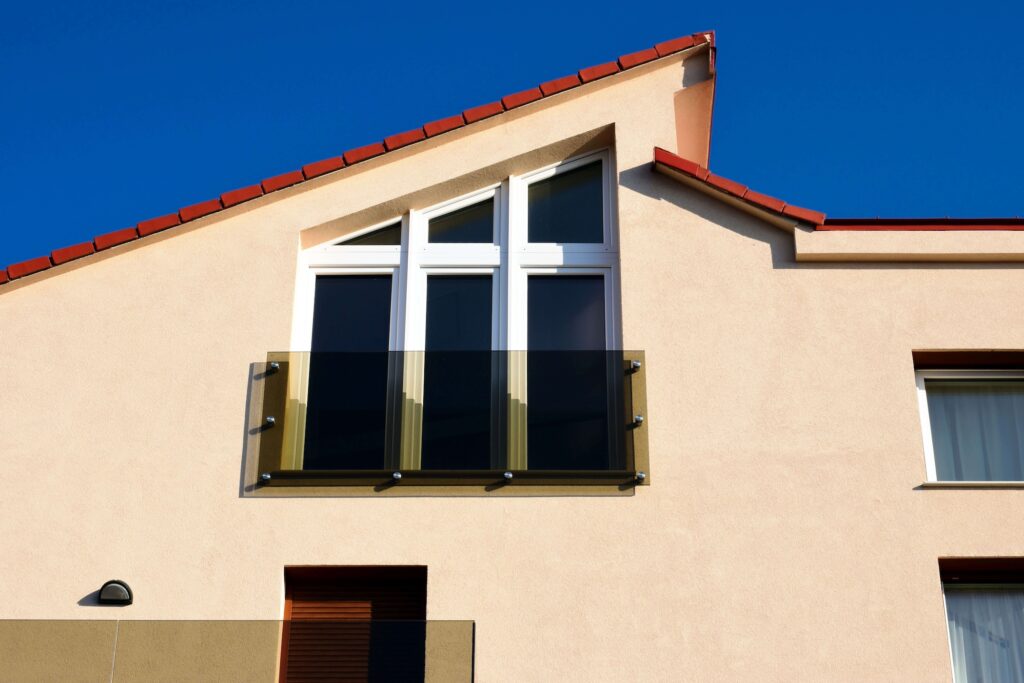 What is the point of Juliet balconies?
What is the point of Juliet balconies?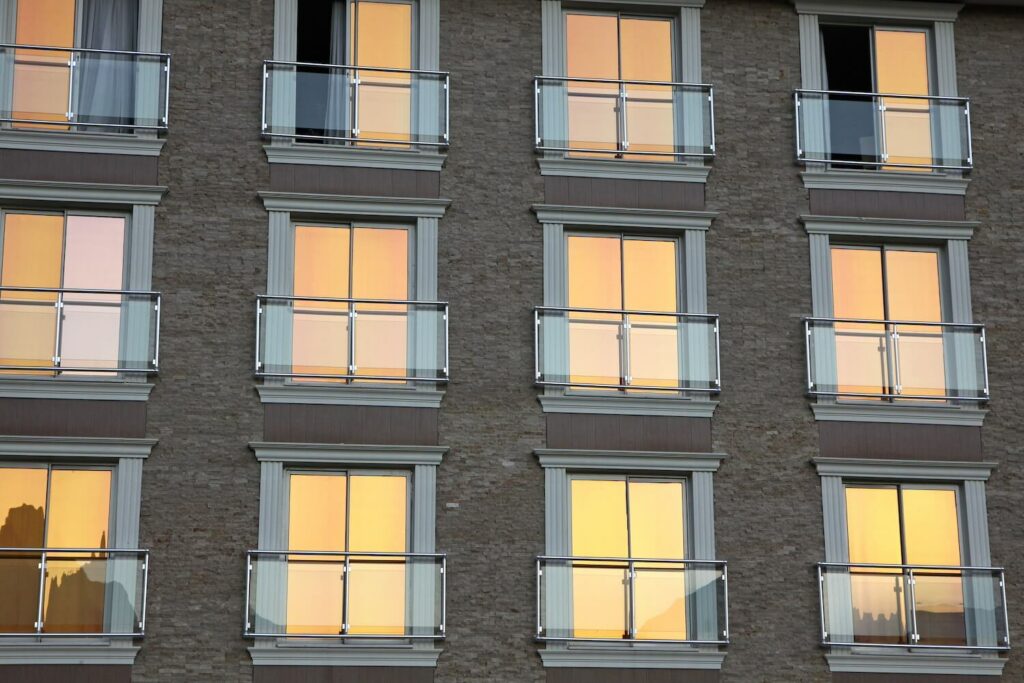 What are the regulations around Juliet balconies?
What are the regulations around Juliet balconies?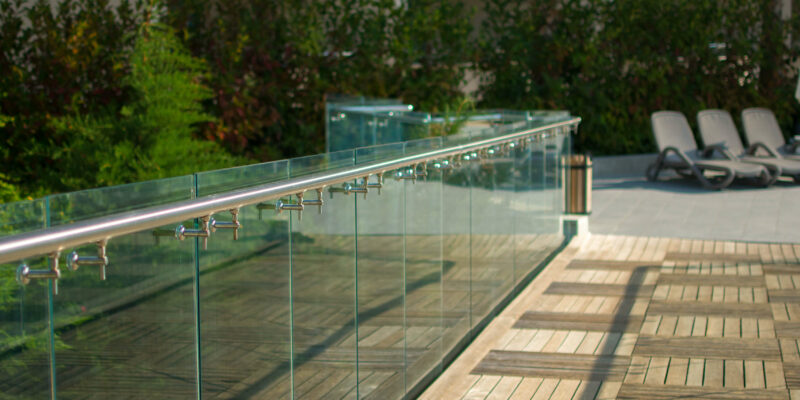
 Why use glass balustrades outdoors?
Why use glass balustrades outdoors?
 What is the best tool for cutting glass?
What is the best tool for cutting glass?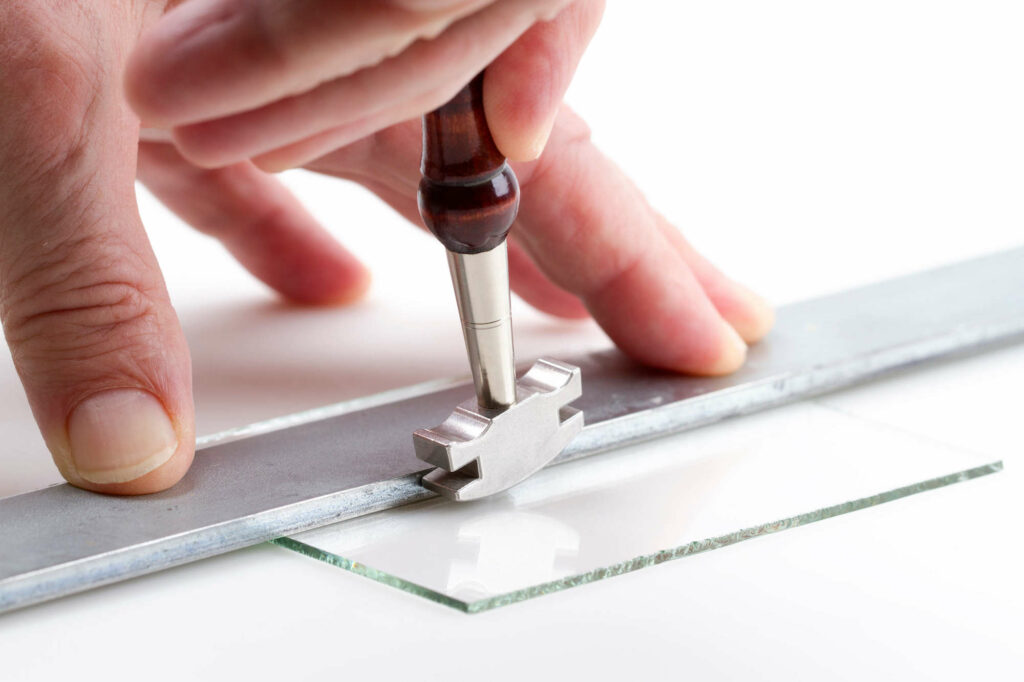 What thickness of glass can a glass cutter cut?
What thickness of glass can a glass cutter cut?
 What are glass display cases made of?
What are glass display cases made of?
 What are the drawbacks of glass display cabinets?
What are the drawbacks of glass display cabinets?
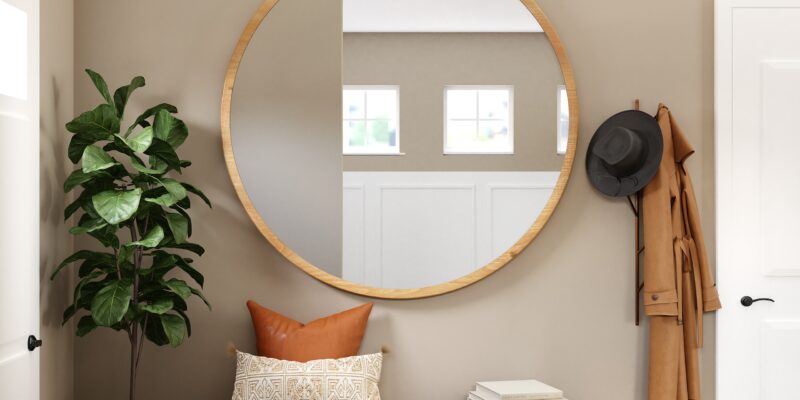
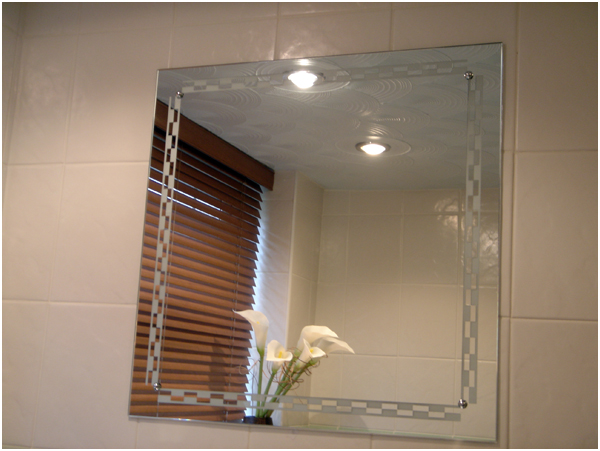

 Mirrors are not only practical but if used correctly they can create the illusion of space and become the focal point to your home’s decor. But to get the most of your mirrors, it is important to carefully consider where you are placing them. Let’s take a look at some ways you can determine where th best place is to hang your wall mirror:
Mirrors are not only practical but if used correctly they can create the illusion of space and become the focal point to your home’s decor. But to get the most of your mirrors, it is important to carefully consider where you are placing them. Let’s take a look at some ways you can determine where th best place is to hang your wall mirror:




